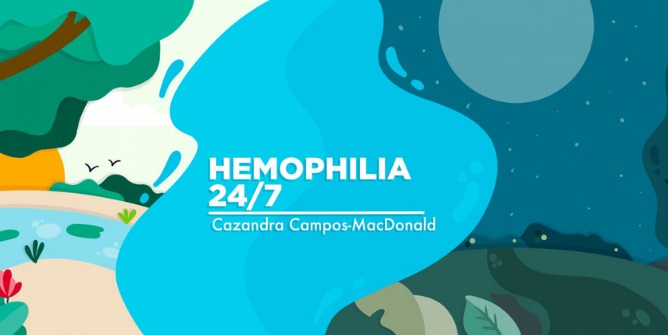
My Biggest Fear Comes True for My Adult Son With Hemophilia
by:
My biggest fear for my sons, who live with severe hemophilia, is an auto accident.
When my oldest son, Julian, began to drive, I impressed upon him anew the importance of wearing a MedicAlert emblem. He wore it like dog tags for years when he was younger, but decided to stop wearing it as a teenager. I’m sure part of his decision was based on his desire to do the opposite of what I asked.
Every time he left for school, my anxiety level rose. I was terrified that his nonchalant attitude regarding his bleeding disorder would feed his nothing-is-going-to-happen-to-me ego. I know most teenagers go through this stage, and unfortunately, the only way to deal with it is to let them do their thing.
FDA Lifts Hold on Phase 3 Trial of Gene Therapy SB-525 for Hem A
Last week I received the phone call I’d been dreading. Julian, now an adult, was in an accident. He called me immediately, and I did my best to keep calm.
My biggest concern was whether he was injured. Julian told me his leg took the impact, and it felt like the start of a significant bleed. “I need to get to my factor,” he said. I was happy to hear his concern.
As his dad and I helped him navigate the next steps, I was incredibly proud of my son. He called the police, spoke to the person who caused the accident, and called the insurance company and the hemophilia treatment center (HTC).
Living six hours away from Julian caused my stress levels to rise. I couldn’t jump in my car and get to him quickly, so I had to rely on what he said. I knew the next step would be the emergency room. My son has severe hemophilia; surely, the HTC would insist he go to the emergency room.
After Julian called the HTC and they asked him crucial questions, he finally left the accident site.
When he called me, I asked, “What emergency room are you going to?”
“I’m not,” he replied.
Once upon a time, when a person with severe hemophilia was injured in an accident, more than likely he went to the emergency room. Parents of children with bleeding disorders learn to infuse first before allowing doctors to perform the necessary tests, such as a CT scan to reveal if there is internal bleeding. Doctors would then assign an infusion protocol for the days after the accident to ensure the bleed was under control.
But times have changed.
The bleed that began in his leg subsided before he left the accident scene, thanks to a new drug, Hemlibra (emicizumab-kxwh), that Julian administers himself. Instead of twice-weekly infusions, he gives himself a shot twice a month. Yes, twice a month. I continue to be amazed at the wonder of this new treatment.
I know that one person’s wonder drug is not necessarily a wonder for everyone. But in this case, I’m grateful for a new treatment that gives my son a better quality of life. In this instance, it saved him from severe bleeding.
I cannot give enough thanks for the advent of Hemlibra, which has changed the lives of both of my sons. However, I’m most grateful that my adult son kept a cool head, thought about the lessons learned, and proved that he is becoming a fantastic adult.
Source: Hemophilia News Today. The opinions expressed in this column are not those of Hemophilia News Today or its parent company, BioNews, and are intended to spark discussion about issues pertaining to hemophilia.